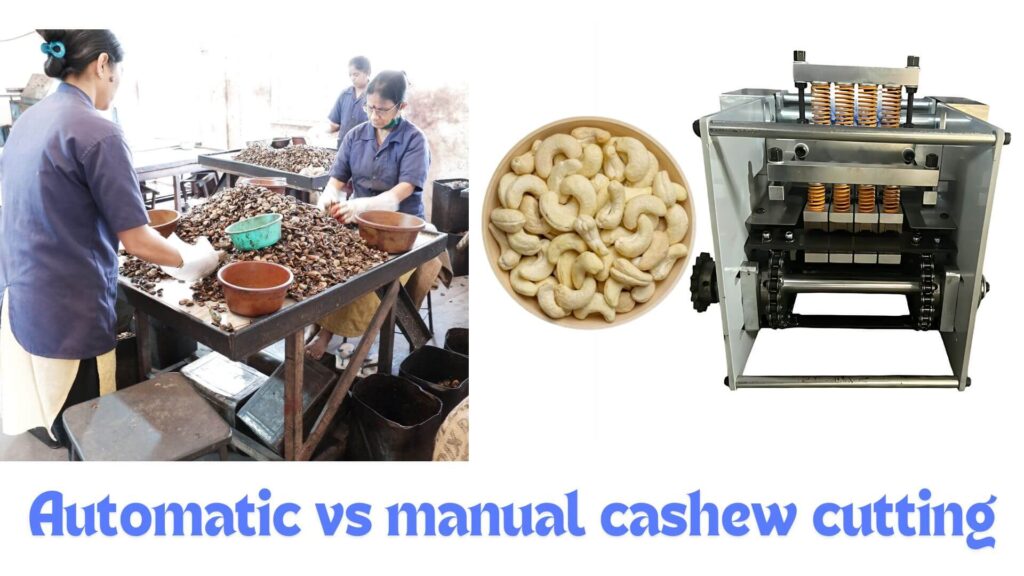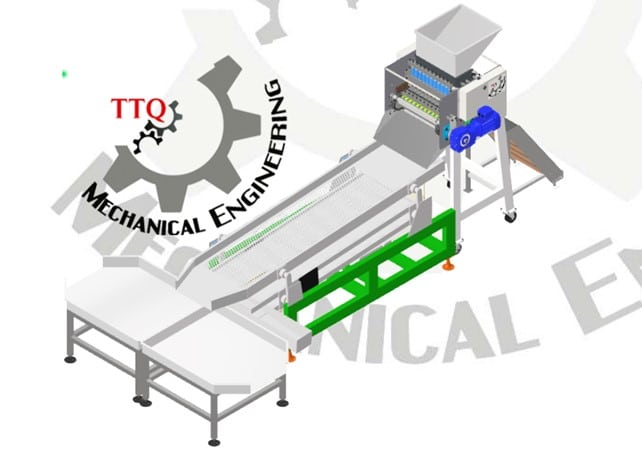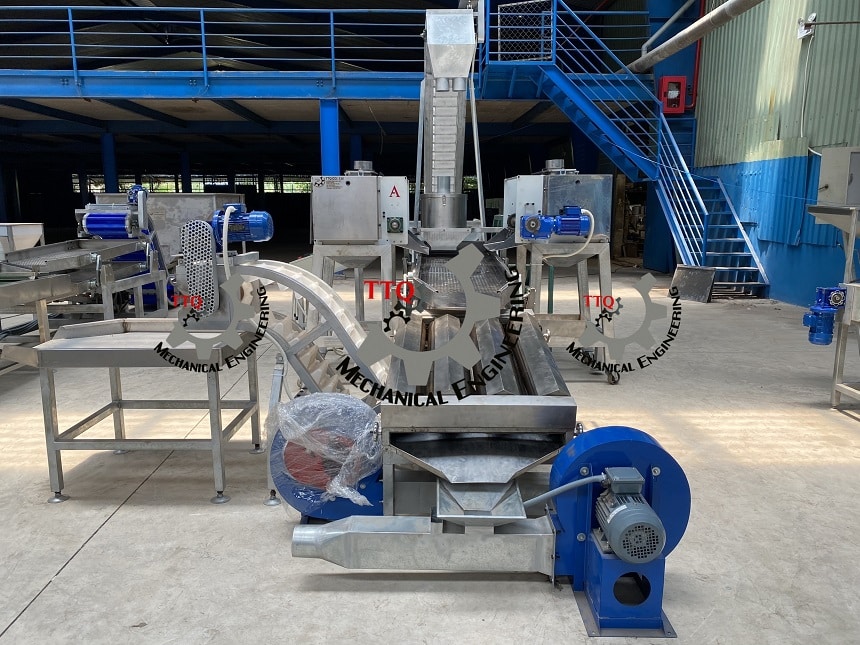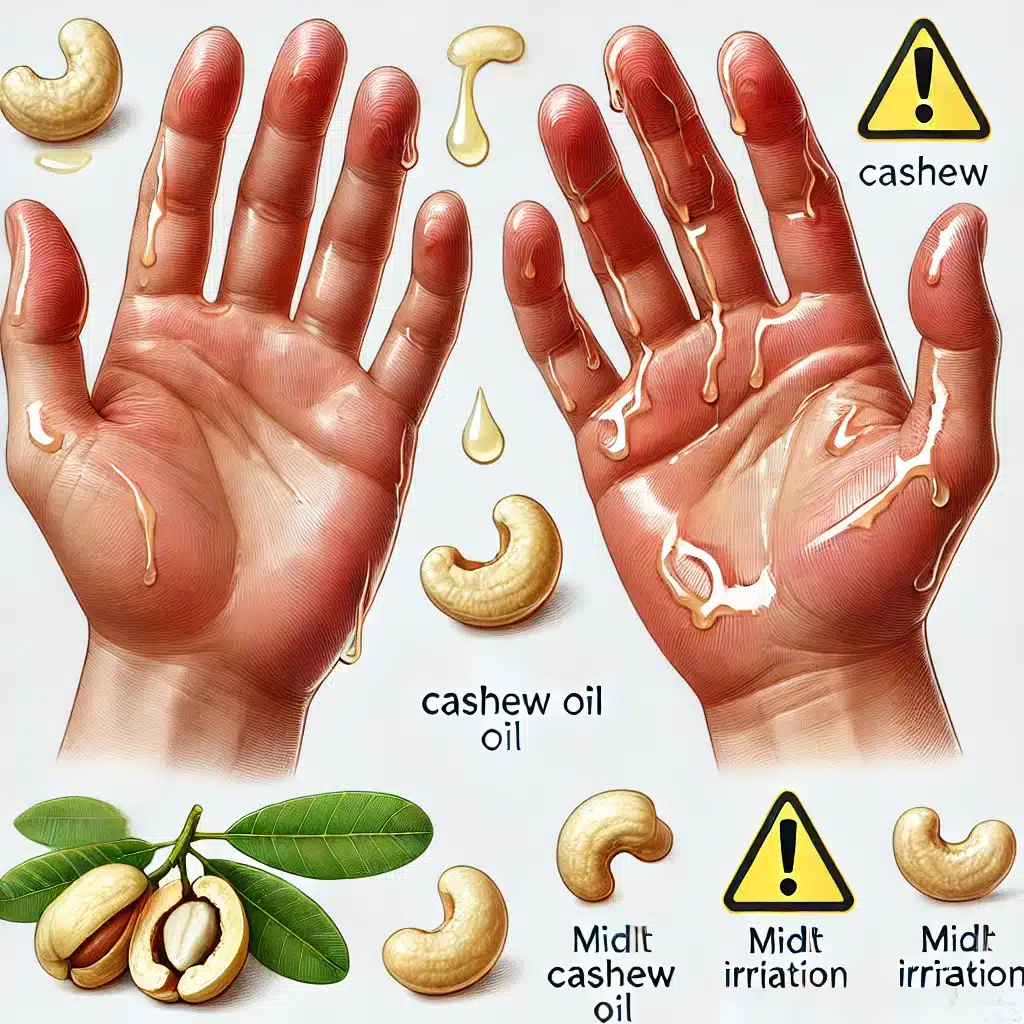Automatic vs Manual Cashew Cutting: A Comparative Analysis
Cashew nut processing is a globally significant industry, with the edible kernel being the primary product of interest. A critical step in the process is cutting the cashew nut shell to extract the kernel. Historically, this has been done manually, but the advent of automatic cutting machines has revolutionized the industry. In this blog post, we will explore the evolution of cashew cutting from manual to automatic methods and compare the two approaches in terms of health hazards, efficiency, oil impact, and production.

The Historical Evolution of Cashew Cutting
Manual Cutting: The Traditional Approach
Traditionally, cashew nut cutting was performed manually by skilled workers using handheld tools. The process involved the following steps:
- Soaking the cashew nuts in water to soften the shell
- Manually cutting the softened shell using a sharp blade or knife
- Extracting the kernel from the cut shell
- Separating the whole and broken kernels
Manual cutting was labor-intensive, time-consuming, and heavily dependent on the worker’s skill and experience. It also posed significant health and safety risks to the workers, which we will discuss in more detail later.

The Advent of Semi-Automatic Cutting Machines
As the cashew industry grew, there was a need for more efficient and safer cutting methods. Semi-automatic cutting machines were developed to address these issues. These machines typically consisted of a foot-operated lever that brought down a blade to cut the cashew nut shell. The operator would place the nut on the cutting platform, align it, and press the lever to cut the shell.
Semi-automatic machines provided some improvements over manual cutting:
- Increased cutting speed and efficiency
- Reduced physical strain on the workers
- Improved cutting accuracy and consistency
However, semi-automatic machines still required significant manual labor and did not completely eliminate the health and safety risks associated with cashew cutting.
The Rise of Fully Automatic Cutting Machines
In recent years, fully automatic cashew cutting machines have gained prominence in the industry. These machines use advanced technologies such as computer vision, robotics, and precision cutting mechanisms to automate the entire cutting process. A typical automatic cutting machine operates as follows:
- Cashew nuts are fed into the machine via a hopper or conveyor belt
- The machine orients and aligns each nut using computer vision and sensors
- A high-speed cutting mechanism (e.g., a laser or water jet) precisely cuts the shell
- The cut nuts are automatically sorted into whole and broken kernels
- The shells and kernels are separately discharged from the machine
Automatic cutting machines offer several advantages over manual and semi-automatic methods, which we will explore in the following sections.

Health Hazards Associated with Manual Cashew Cutting
Manual cashew cutting poses significant health risks to workers due to the presence of Cashew Nut Shell Liquid (CNSL) in the nutshell. CNSL contains anacardic acid and other phenolic compounds that can cause severe skin irritation, burns, and allergic reactions.
Common health issues associated with manual cashew cutting include:
- Contact dermatitis and skin ulcerations
- Respiratory problems due to inhaling CNSL fumes
- Eye irritation and damage from CNSL splashes
- Musculoskeletal disorders from repetitive strain and awkward postures
Moreover, the sharp tools used in manual cutting can cause cuts, lacerations, and other injuries to the workers’ hands and fingers.
Automatic cutting machines significantly reduce these health hazards by minimizing workers’ direct exposure to CNSL and sharp cutting tools. With proper safety measures and ventilation systems in place, automatic machines provide a safer working environment for cashew processing employees.

Efficiency and Productivity Comparison
One of the key advantages of automatic cashew cutting machines is their superior efficiency and productivity compared to manual methods. Let’s compare the two approaches:
Manual Cutting Efficiency
- Highly skilled workers can cut around 10-15 kg of cashew nuts per day
- Cutting speed and accuracy vary depending on the worker’s skill and fatigue level
- Manual cutting requires frequent breaks to prevent fatigue and maintain quality
- Labor costs are high due to the need for skilled workers and the time-consuming nature of the process
Automatic Cutting Efficiency
- High-end automatic machines can process up to 1,000 kg of cashew nuts per hour
- Cutting speed and accuracy are consistent and independent of operator skill
- Automatic machines can operate continuously with minimal downtime
- Labor costs are significantly reduced as fewer workers are required to operate and supervise the machines
The high processing capacity and consistency of automatic cutting machines lead to significant productivity gains for cashew processing facilities. This increased efficiency translates to lower production costs, faster order fulfillment, and improved overall competitiveness in the market.
Impact of Oil on Cutting Efficiency
The presence of oil in the cashew nutshell can significantly impact the efficiency of both manual and automatic cutting processes. Cashew nuts with higher oil content tend to have softer shells, which can deform or crush during cutting, leading to kernel breakage and reduced yield.
In manual cutting, workers must adjust their technique and apply less force when cutting oily nuts to minimize damage. This adaptation slows down the cutting process and reduces overall productivity.
Automatic cutting machines are better equipped to handle oily nuts thanks to advanced sensors and adaptive cutting mechanisms. However, even automatic machines may experience reduced cutting speed and accuracy when processing nuts with exceptionally high oil content. Regular maintenance, cleaning, and calibration of the machines are essential to mitigate the impact of oil and ensure optimal performance.
Conclusion
The evolution of cashew cutting from manual to automatic methods has been a game-changer for the cashew processing industry. Automatic cutting machines offer significant advantages over manual cutting in terms of worker health and safety, efficiency, and productivity. By minimizing exposure to hazardous CNSL and sharp tools, automatic machines create a safer working environment for employees. Their high processing capacity and consistency lead to increased output, lower production costs, and improved market competitiveness.
However, it is important to acknowledge that the transition from manual to automatic cutting requires significant capital investment and may not be feasible for all cashew processing facilities, particularly small-scale operations. The impact of oil content on cutting efficiency also highlights the need for continuous improvement and adaptation in both manual and automatic cutting processes.
As the cashew industry continues to grow and evolve, finding the right balance between automation and human expertise will be crucial. By leveraging the strengths of both manual and automatic cutting methods, cashew processors can optimize their operations, ensure worker well-being, and meet the ever-increasing global demand for high-quality cashew kernels.
